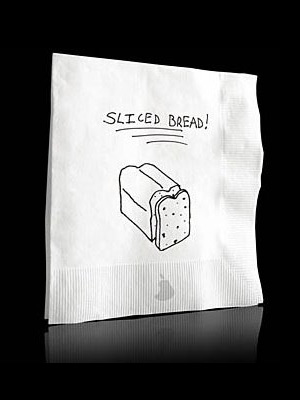 Artists are in a unique position to develop consensus and prove, or disprove, ideas. Why? Because a picture is worth a 1,000 words. Put a group of people in a room to discuss a visual solution to something and I guarantee they will all leave the room with different pictures in the heads. Have that same group reacting to something visual and the conversation will be more focused, shorter and the picture in everyones heads will be more similar.
Artists are in a unique position to develop consensus and prove, or disprove, ideas. Why? Because a picture is worth a 1,000 words. Put a group of people in a room to discuss a visual solution to something and I guarantee they will all leave the room with different pictures in the heads. Have that same group reacting to something visual and the conversation will be more focused, shorter and the picture in everyones heads will be more similar.
If visuals haven’t been prepped in advance, use a whiteboard or a scrap of paper. It doesn’t need to be a work of art, it just needs to communicate an idea. If conversation is going in a circle and everyone is championing their own idea I’ll even suggest a meeting be rescheduled so I’ll have time to make some visuals.
Use images to get gutchecks on an idea in it’s early stage and use them to help set agendas for conversations.


















